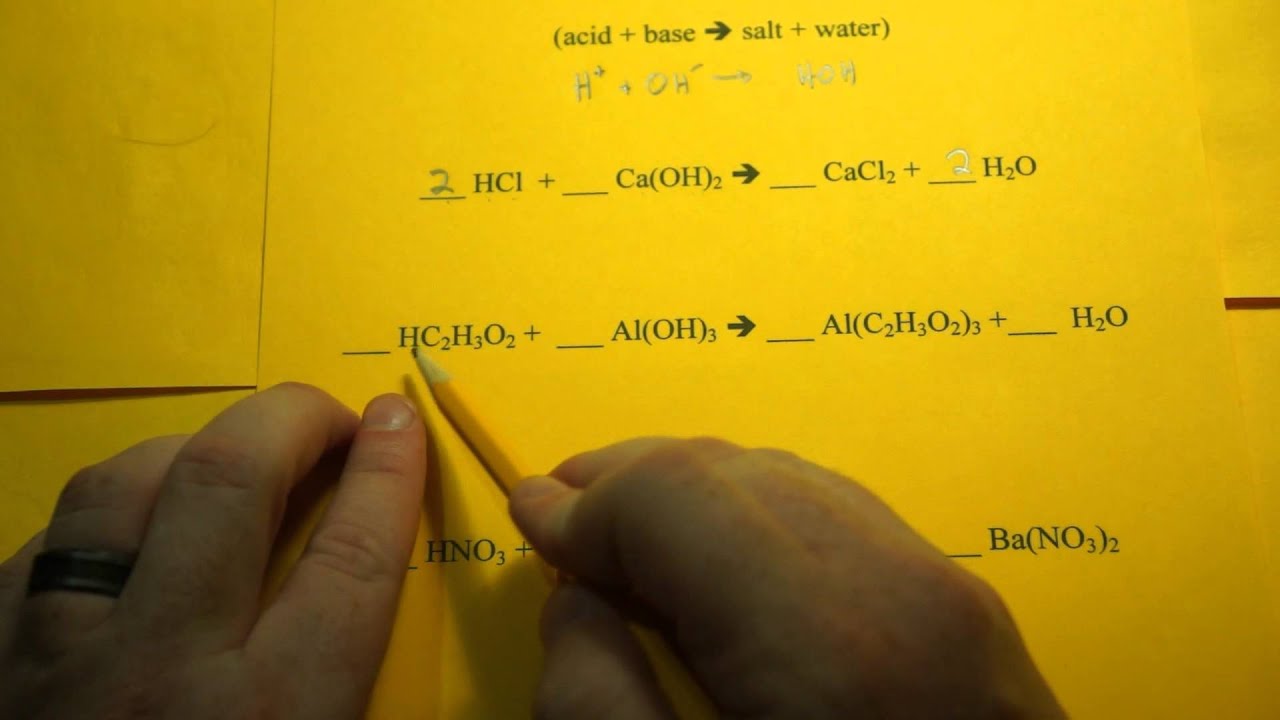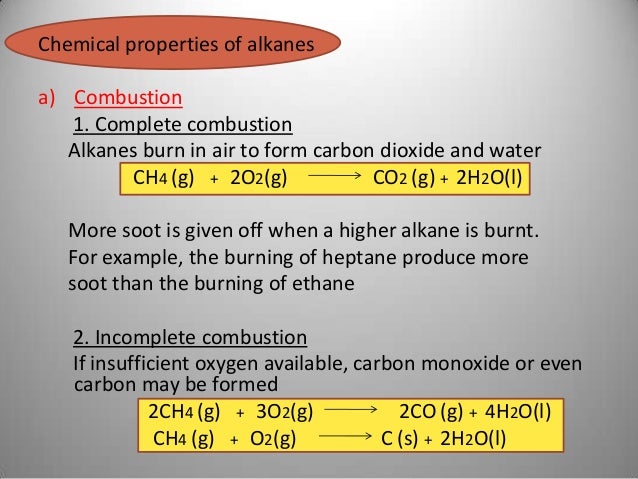

STEP 5 Build Your Test-Taking Confidence AP Chemistry Practice Exam 1ĪP Chemistry Practice Exam 1, Section I (Multiple Choice)Īnswers and Explanations for Exam 1, Section 1 (Multiple Choice)ĪP Chemistry Practice Exam 1, Section II (Free Response)Īnswers and Explanations for Exam 1, Section II (Free Response)ĪP Chemistry Practice Exam 2, Section I (Multiple Choice)Īnswers and Explanations for Exam 2, Section 1 (Multiple Choice)ĪP Chemistry Practice Exam 2, Section II (Free Response)Īnswers and Explanations for Exam 2, Section II (Free Response)īalancing Redox Equations Using the Ion-Electron MethodĪvoiding “Stupid” Mistakes on the Free-Response Section Relationship of Intermolecular Forces to Phase ChangesĮxperiment 6: Determination of the Type of Bonding in Solid SamplesĮxperiment 9: Chemical and Physical ChangesĮxperiment 13: Chemical Equilibrium-Le Châtelier's Principle Photoelectron (Photoemission) Spectroscopy (PES)īond Length, Strength, and Magnetic Propertiesġ2 Solids, Liquids, and Intermolecular Forces

Percent Composition and Empirical Formulas General Aspects of Chemical Reactions and Equations STEP 4 Review the Knowledge You Need to Score Highĭimensional Analysis-the Factor Label Method Three Approaches to Preparing for the AP Chemistry Exam Questions Frequently Asked About the AP Chemistry Exam Mass(MgO) = (1 × 0.50) × (24.31 + 16.00) = (1 × 0.50) × 40.1 What You Need to Know About the AP Chemistry Examīackground of the Advanced Placement Program (a) Calculate moles(Mg) = mass(Mg) ÷ molar mass(Mg) (3) Use the mole ratios to calculate the mass of O 2 consumed and MgO produced as shown below: Moles(Mg) : moles(O 2) : moles(MgO) is 2:1:2 (2) Determine the mole ratio (stoichiometric ratio) from the equation, Mg : O 2 : MgO (1) Write the balanced chemical equation for the chemical reaction: The Question: 12.2 g of magnesium metal (Mg (s)) reacts completely with oxygen gas (O 2(g)) to produce magnesium oxide (MgO (s)).Ĭalculate the mass of oxygen consumed during the reaction and the mass of magnesium oxide produced. Take the exam now! Worked Example of Using Mole Ratio to Calculate Mass of Reactant or Product (c) Use the mole ratio to calculate moles MgO Moles(MgO) : moles(Mg) is 2:2 which is the same as 1:1 (b) Use the balanced equation to determine the mole ratio MgO:Mg mass MgO = moles(MgO) × molar mass(MgO).(c) Use the mole ratio to calculate moles O 2

(b) Use the balanced chemical equation to determine the mole ratio O 2:Mg (a) Calculate moles Mg = mass(Mg) ÷ molar mass(Mg)

Alternative balanced equation for the cracking of decane free#
No ads = no money for us = no free stuff for you! Mole Ratio (stoichiometric ratio) The mole ratio (stoichiometric ratio) can be used to calculate the mass of reactants and products in a chemical reaction.The ratio of moles of each reactant and product in a reaction is known as the mole ratio (or stoichiometric ratio).⚛ The ratio of the moles of each reactant and product. ⚛ The ratio of the number of molecules of each type reacting and produced. A balanced chemical equation can tell us:.You need to become an AUS-e-TUTE Member! Calculating Moles and Mass in Chemical Reactions Using Mole Ratios (stoichoimetric ratios) Chemistry Tutorial Key Concepts Want chemistry games, drills, tests and more? Calculating Moles and Mass in Reactions Chemistry Tutorial More Free Tutorials Become a Member Members Log‐in Contact Us


 0 kommentar(er)
0 kommentar(er)
